Solid carbide rods are a game-changer in industries that demand durability, precision, and efficiency in cutting tools, automotive components, and specialized manufacturing equipment. Known for their resilience, hardness, and wear resistance, solid carbide rods come in various grades and compositions tailored for different applications. But what exactly are solid carbide rods, and why are they so highly valued?
Let’s dive deep into the world of solid carbide rods, covering everything from raw materials to selection guidelines, production processes, and the pros and cons of various carbide grades.
What is a Solid Carbide Rod?
A solid carbide rod is essentially a tool blank made from tungsten carbide (WC), which is bonded with a metal binder, typically cobalt (Co). These rods are the starting point for producing high-performance cutting tools like drills, milling cutters, reamers, and end mills. Renowned for extreme hardness and longevity, carbide rods play a critical role in manufacturing environments where precision and durability are key.
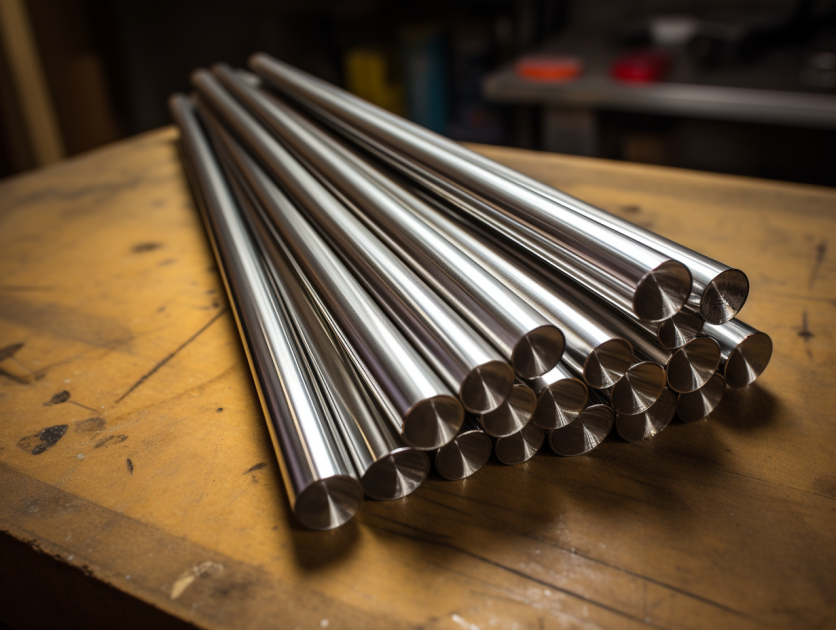
Types of Solid Carbide Rods
Understanding the types of solid carbide rods available is essential for choosing the right one for your application. Here’s a quick breakdown:
| Type | Description | Applications |
|---|---|---|
| Standard Solid Rods | Traditional carbide rods with no coolant channels. | General-purpose cutting tools, such as drills and reamers |
| Coolant-Fed Rods | Feature internal coolant channels to improve cooling during machining. | High-speed machining where overheating is a concern |
| Micro-Grain Rods | Comprised of finer carbide grains for enhanced hardness and wear resistance. | High-precision applications like micromachining |
| Ultra-Fine Grain Rods | An even finer grain size that provides superior finish and sharpness. | Applications requiring excellent edge retention |
| Reinforced Rods | Designed with additional cobalt content for increased toughness. | Heavy-duty machining |
| Customized Carbide Rods | Custom compositions and sizes tailored to specific applications. | Specialized machining requirements |
| Carbide Rod Blanks | Basic rod shapes with no specific features, used as raw materials for custom tooling. | General tooling and customization |
Raw Material Composition Analysis of Solid Carbide Rods
Solid carbide rods are primarily made from tungsten carbide powder, blended with cobalt to bind the particles together. Let’s take a closer look at the composition of these rods:
- Tungsten Carbide (WC): Forms the primary component, offering extreme hardness and wear resistance.
- Cobalt (Co): Used as a binder to hold tungsten particles together and provides impact resistance.
- Additional Elements: Other elements like tantalum and titanium may be added to further modify the rod’s performance characteristics.
This combination creates a material with unparalleled hardness, perfect for high-stress, high-temperature environments where traditional steel simply won’t do.
Applications of Solid Carbide Rods
Solid carbide rods are essential in a range of industries. Here’s how different applications benefit from these robust rods:
| Industry | Application |
|---|---|
| Automotive | Precision machining for engine components |
| Aerospace | Manufacture of turbine blades and structural parts |
| Oil & Gas | Drilling tools for harsh environments |
| Medical Equipment | Fabrication of surgical instruments |
| Electronics | Production of micro-components |
| Tool and Die | Manufacture of molds and dies |

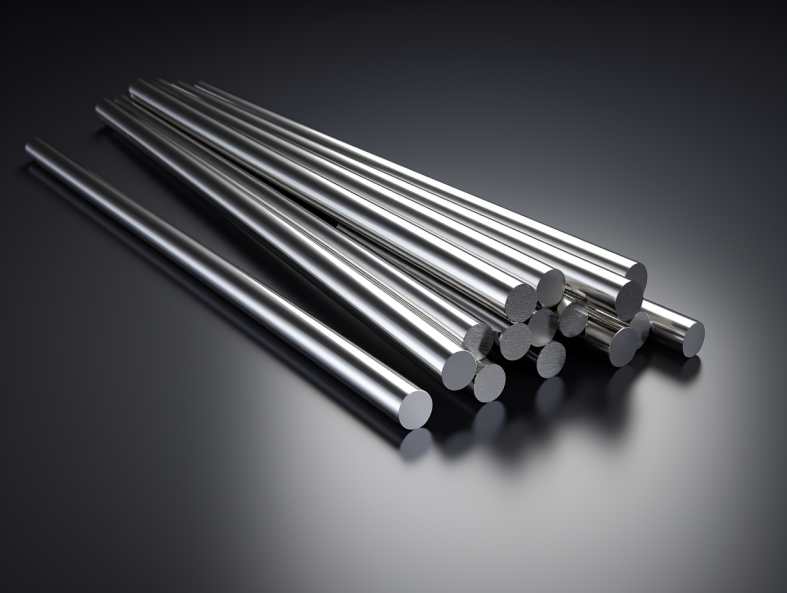
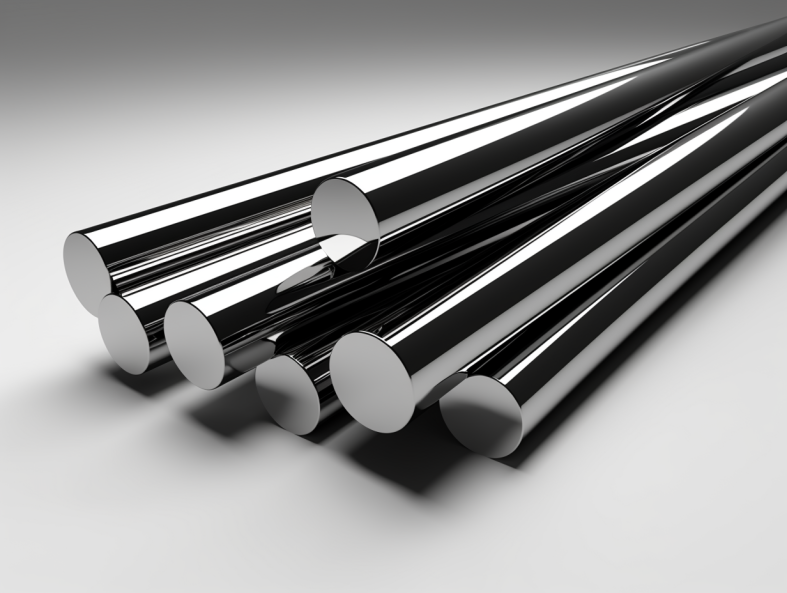
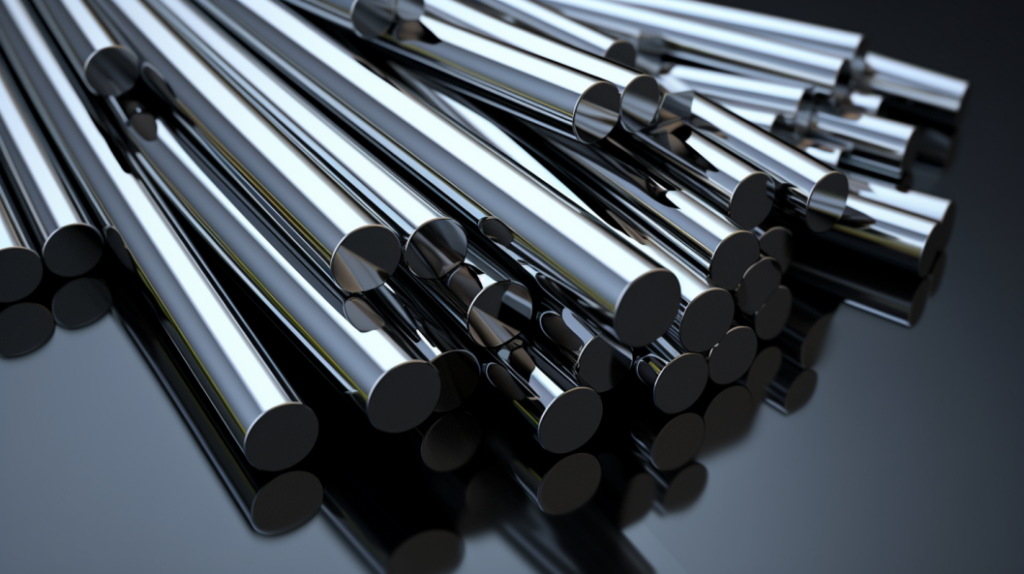
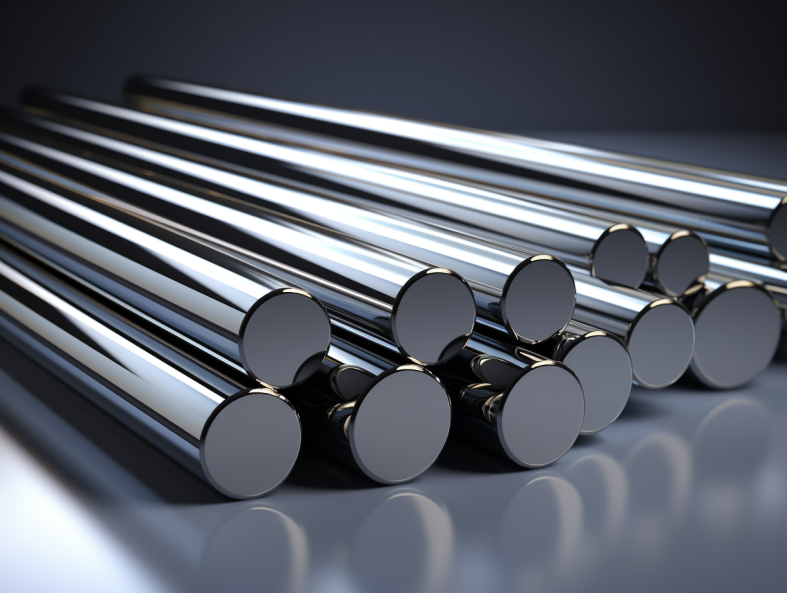
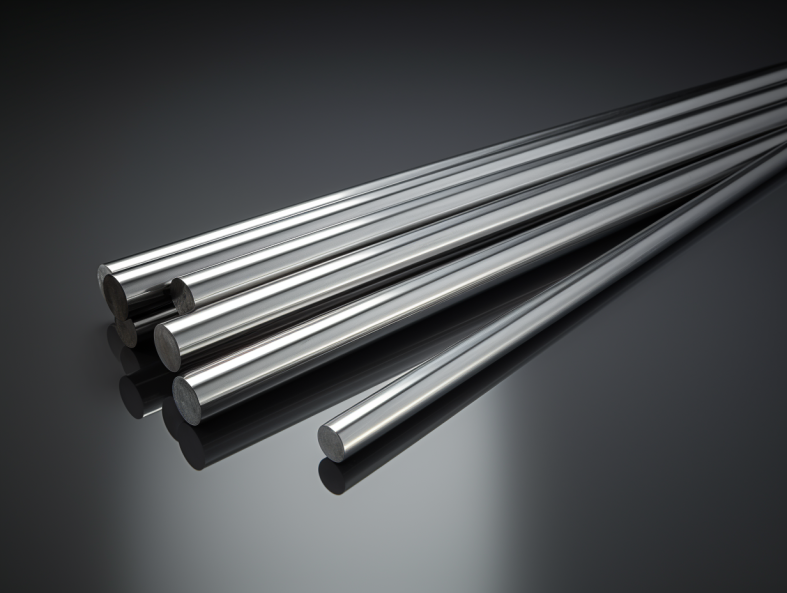
Production Process Flow of Solid Carbide Rods
The production of solid carbide rods is a detailed process that includes powder preparation, pressing, sintering, and finishing. Let’s walk through each stage.
- Powder Preparation: Tungsten carbide powder is mixed with cobalt and other materials.
- Pressing: The mixed powder is pressed into a rod form.
- Sintering: High-temperature sintering binds the particles together, resulting in a solid, durable material.
- Finishing: The rod is cut to size, ground, and polished to meet specific requirements.
Material Properties of Carbide Rods
| Property | Description |
|---|---|
| Hardness | Extremely high hardness levels, often exceeding HRC 90 |
| Strength | High compressive strength, typically around 4000 MPa |
| Thermal Resistance | Can withstand high temperatures without losing hardness |
| Wear Resistance | Excellent resistance to abrasive wear |
| Density | Typically around 14.5 to 15.0 g/cm³ |
Composition, Properties, and Characteristics of Different Carbide Grades
| Grade | Composition (WC/Co ratio) | Hardness | Toughness | Wear Resistance | Applications |
|---|---|---|---|---|---|
| WC-8Co | 92% WC, 8% Co | HRC 90 | Moderate | High | General cutting |
| WC-10Co | 90% WC, 10% Co | HRC 88 | High | Moderate | Heavy-duty cutting |
| WC-12Co | 88% WC, 12% Co | HRC 87 | Very High | Moderate | Shock-prone areas |
| WC-6Co | 94% WC, 6% Co | HRC 91 | Low | Very High | Precision cutting |
| WC-4Co | 96% WC, 4% Co | HRC 92 | Very Low | Extremely High | Ultra-fine tools |
Hardness, Strength, and Wear Resistance Comparison
| Type | Hardness (HRC) | Strength (MPa) | Wear Resistance |
|---|---|---|---|
| Standard Rods | 88-90 | 3000-4000 | High |
| Micro-Grain | 90-92 | 2800-3800 | Very High |
| Ultra-Fine | 92-94 | 2600-3700 | Extreme |
Specifications and Sizes Available for Solid Carbide Rods
| Specification | Diameter (mm) | Length (mm) | Tolerance |
|---|---|---|---|
| Standard | 3-40 | Up to 330 | ±0.1 mm |
| Micro-Grain | 1-20 | Up to 150 | ±0.05 mm |
| Custom Sizes | As per request | As per request | Customizable |
Selecting the Right Solid Carbide Rod
Choosing the right solid carbide rod depends on the application. Factors to consider include grain size, hardness, and toughness.
| Criteria | Best Option |
|---|---|
| Precision Machining | Ultra-fine grain rods for tight tolerance machining |
| Heavy-Duty Cutting | Standard or reinforced rods for higher durability |
| Heat Resistance | Coolant-fed rods to maintain temperature control |

Advantages and Limitations of Solid Carbide Rods
| Advantages | Limitations |
|---|---|
| Exceptional hardness and wear resistance | Brittle in certain applications |
| High thermal stability | More expensive than other tool materials |
| Long lifespan in precision machining | Requires precise handling |
FAQ
| Question | Answer |
|---|---|
| What are solid carbide rods made of? | Primarily tungsten carbide with cobalt as a binder. |
| Why choose solid carbide over steel? | Carbide offers higher hardness, wear resistance, and temperature stability. |
| Can carbide rods withstand high temperatures? | Yes, they are highly resistant to heat and wear at high temperatures. |
| Are there custom carbide rod options? | Yes, many suppliers offer customization in size, composition, and grain. |
| Where can I buy solid carbide rods? | Available from numerous industrial suppliers, some of which offer online ordering. |




